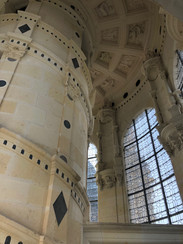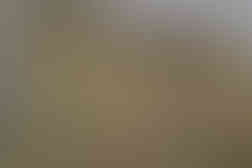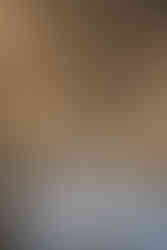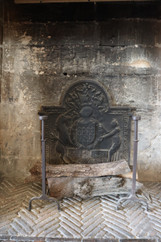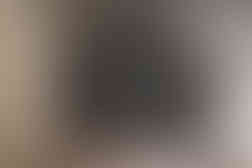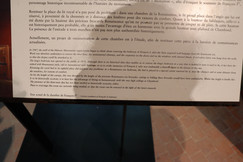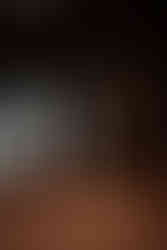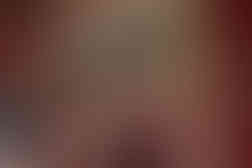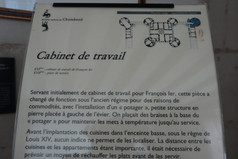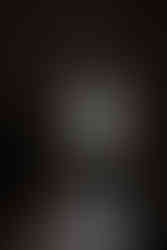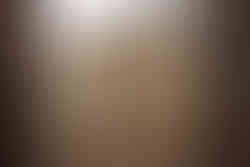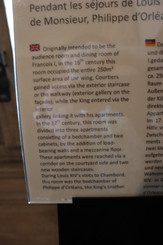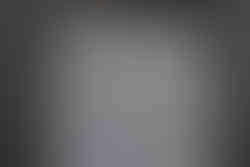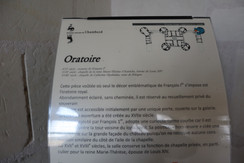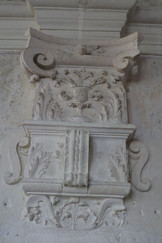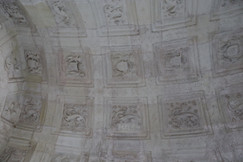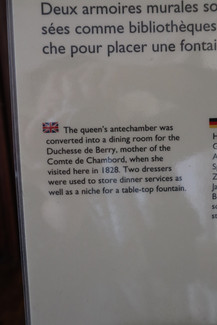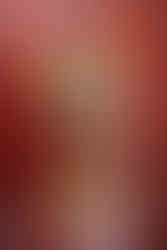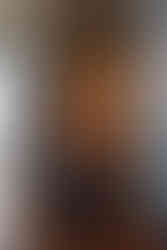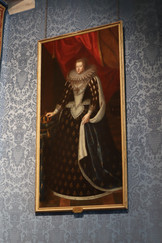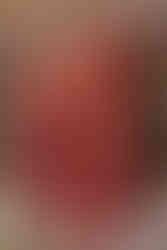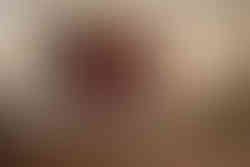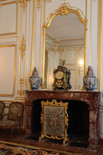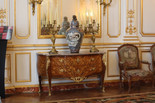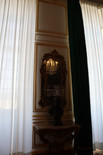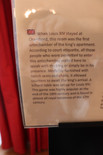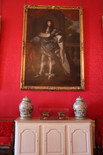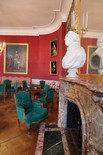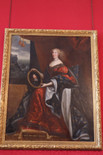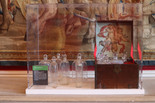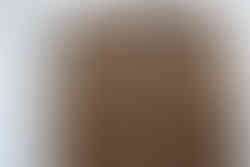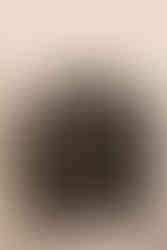Oct 19,2018
We left the hotel near Versailles early in the morning for our long drive to the Loire Valley. We are going to see 2 Chateau's today.
The first Château we visit is Château de Chambord.
Château de Chambord
The first photo is the back and the second is the front
Château de Chambord is one of the most recognizable chateaux in the world due to the French renaissance architecture which blends with the traditional French medieval structures. Building of the château started by Francis I in 1519 and was completed in 1547. It tock 25 years to build the first half of the Château in the 16th century. The Château is situated on a vast area of land, about 13,590 acres, surrounded by a 19.2 mile wall. Making Chambord the Largest of the Loire's Valley Château. It is also widely believed that the Loire river was diverted to make room for Chambord and the 50 acre game park.
Chambord has 440 rooms, only 80 are open to the public, 84 staircases, 365 fireplaces and 800 sculpted capitals.
There are two amazing architectural highlight for this château.

The first highlight is the ornate roof. This feature makes Chateau de Chambord instantly recognizable. At first glance the roof lookes symmetrical to the eye, but look closer and you will see that this is not the case. Look at the numerous towers, light wells and decorative features, there are many variations from left to right. Can you spot the differences? It is hard to see because part of the roof was under renovation. There are quite a few you can see.
The "F" with the crown on it was for Frances I. The crowned salamander with flames around it. In medieval images, it represented the man who never lost the piece of his soul and who was confident in God despite all troubles. The symbol for a king who wants the nobility to know that he is ready for them should they turn against him. Especially if you want to suggest that you’re almost as indestructible like a salamander. The salamander was a powerful symbol because it was associated with both fire and passion and people were afraid of it.
At the time it was believed that salamanders could not be harmed by fire or "was born from the flames". This is not the case the salamanders often hibernated under or in rotting logs. So if a person was to pick up that piece of wood and carry it inside their house they would be surprised by a salamander that appeared to have come out of the fire. Thus believed to be born in fire.
The second architectural highlight is the open double spiral staircase. As you walk up or down on the double spiral staircase you will be in awe of it. The two double spiral staircases go up to the three floors without ever meeting, illuminated from above by a sourt of light house at the highest point of the chateau. There are suggestions that Leonardo da Vinci may have designed the staircase, but this has not been confirmed. It is strongly believed seeing how Leonardo and Frances I were close friends.
Photos and clips I tock on the trip made in to video.
We have to remember that over the years rooms could be used for mutable things until it was built later on. I will try to put as much info as I can find about each room I have photos of.
We decided to skip the Ground floor so we could try seeing rooms without crowded of peoplenin the rooms. We went strait to the roof and we worked our way down.
The Former Theatre of the Marechal de Saxe:
The Gallery between the keep and the royal wing
King François I Bedroom
Cabinet de travail
Cabinet de travail
Salle du Roi
There are two portraits on the white wall. The first portrait is of a man King François I. The second portrait is of a woman, this is the 2nd wife of King François I, Queen Éleonore of Austria. The Portrait on the red wall is also of François I.
The Oratoire
The Queen's Rooms
Queen's Antechamber
The Queen's Bedroom
Louis XIV Bedroom
The Second Antechamber and the Salon de Compagnie
There are many more photos that I have of rooms but I have three more Chateau's after this. This post is already very long so here is some interesting info...
Louis XIV inherited the castle and began a long series of restoration work and expansion that he abandoned when he began building his Chateau of Versailles.
Louis XIV added a 1,200-horse stable.
Chateau de Chambord was built to serve as a hunting lodge for Francis I.
François I only spent a total of 72 nights in Chateau de Chambord his entire lifetime.
Louis XIV King of France, stayed at Chambord nine times between 1660 and 1685.
The French government bought the Chateau from the Comte de Chambord’s heirs in 1930.
The Chateau served as a hospital during the Franco-Prussian war in 1870.
An American military airplane almost crashed on the chateau in 1944 and 2 fires damaged the chateau in 1945. After the war, major renovations were made between 1950 and 1975.
This castle was the inspiration for the beautiful castle for the Beast in the 1991 Disney film, The Beauty and the Beast.
More to come later...











